All posts by Bjorn Sjodin
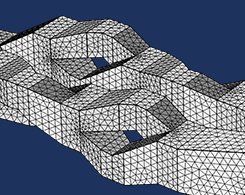
How to Use Job Sequences to Save Data After Solving Your Model
A useful but little-known modeling trick in COMSOL Multiphysics®: You can use job sequences to save data, including plot groups, results, and images, after solving a model.
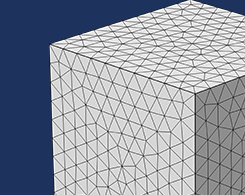
How to Generate Randomized Inhomogeneous Material Data
Did you know there is a way to take randomized material data with specified statistical properties determined by a spectral density distribution and use it to generate and visualize results?
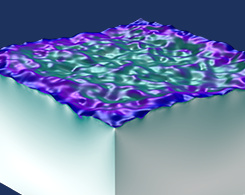
How to Generate Random Surfaces in COMSOL Multiphysics®
Get a comprehensive background and step-by-step guide to generating random surfaces in COMSOL Multiphysics®, such as rough surfaces and microstructures.
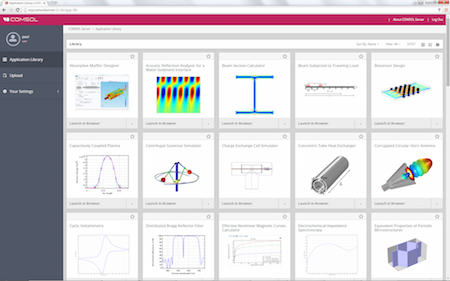
COMSOL Server™ Version 5.2 Supports Faster, Focused Apps
As of version 5.2 of the COMSOL® software, there are major improvements to COMSOL Server™: launch apps much faster and configure the browser to run only one dedicated app.
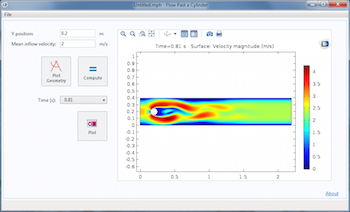
Use Editor Tools to Simplify Your App-Building Process
Get a demonstration of how to create an app using a simple simulation example, as well as how to perform common user interface creation tasks more easily in the Application Builder.
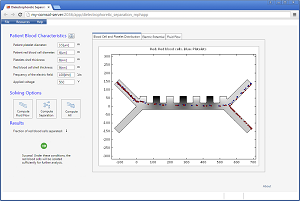
Dielectrophoretic Separation
Dielectrophoresis is a phenomenon in which an electric field is used to control the movement of electrically neutral particles. Learn about how to model this effect in both DC and AC fields.
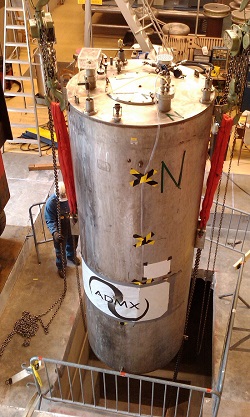
Detecting Dark Matter Axions with a Microwave Cavity
The Axion Dark Matter eXperiment (ADMX) uses a microwave cavity in an attempt to detect dark matter axions. Learn more about this project and how simulation can be applied to it.
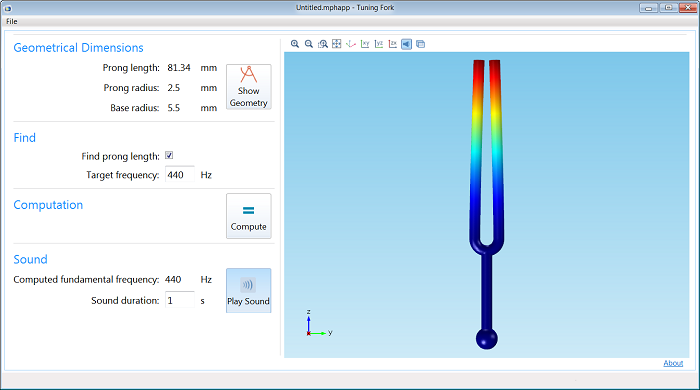
The Tuning Fork Application
Do re mi fa so la ti do! Did you know that the most common standard pitch for a tuning fork is 440 Hz, which forms the note A? See a tuning fork simulation app in action here >>
